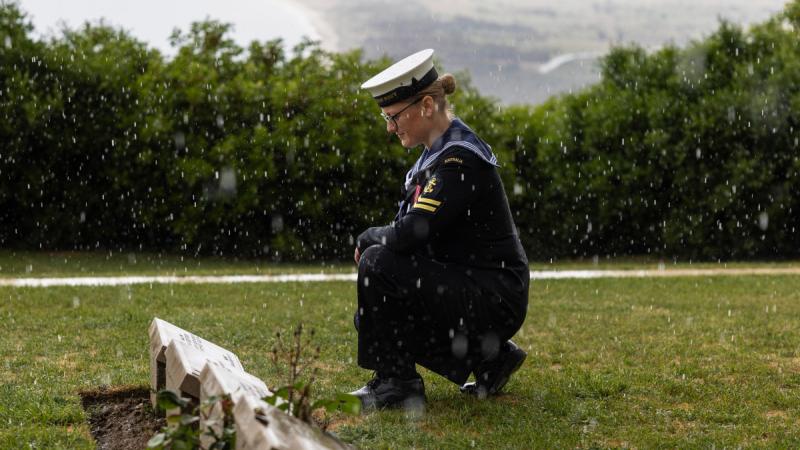- Hon Carmel Sepuloni
The Resale Right for Visual Artists Bill has passed its third reading unanimously today, guaranteeing that visual artists reap the rewards when their work is sold on the secondary art market.
The regulations to support this new legislation have now also been confirmed, giving clarity to artists on how this scheme will operate.
“We are building a scheme fit for Aotearoa New Zealand, one that values the important contributions our visual artists make to our country,” Minister for Arts, Culture and Heritage Carmel Sepuloni said.
“Artists have been waiting for a resale royalty scheme for years and have watched other countries around the world establish and implement equivalent schemes.
“Aotearoa New Zealand is finally going to join these countries and ensure artists are properly recognised for their contribution to New Zealand’s economy and culture.”
“These changes will help the sustainability of New Zealand’s world-class arts and culture.”
The Bill will enable the collection of a five percent royalty each time an eligible artist’s work is sold on the secondary art market.
“Currently, each time that an artwork is bought at an auction or via an art market professional after its initial purchase, the artist does not see any of the benefits – even if the artwork has gone up in value due to the artist’s increasing reputation or fame. It was past time we changed that,” Carmel Sepuloni said.
The Government has also today confirmed the regulations that will sit behind this legislation and will help operationalise the scheme.
“Only artworks that sell for $1,000 or more will include a royalty payment,” Carmel Sepuloni said.
“In return for collecting and distributing the royalty, the collection agency will deduct a percentage as an administrative fee. The regulations have set this fee as 20 percent of the 5 percent royalty, comparable with international standards.
“The regulations also set requirements for the prospective collection agency which will administer the scheme. This includes acknowledging and respecting the role of Māori as tangata whenua and providing culturally appropriate support to Māori artists.
“The collection agency will also establish and operate a cultural fund that will support the career sustainability of the wider artistic community and will engage meaningfully with participants on the operation, changes, structure, and purpose of the scheme and the cultural fund.
“I am immensely proud of the work that has been done to get us to this point. This has been years in the making and has taken dedication and patience to get right,” Carmel Sepuloni said.
The scheme will be operational by the end of 2024.








